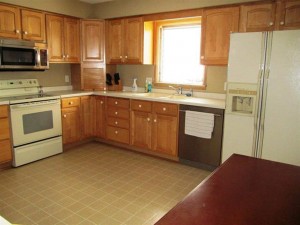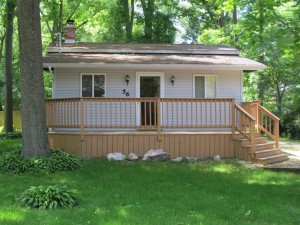 Starting a vegetable garden in your backyard is a great way to save money and eat healthy. Gardening allows you to enjoy fresh, flavorful produce that is far superior to what you’ll find at the supermarket. Backyard gardening also helps reduce the environmental impact of transporting food.
Starting a vegetable garden in your backyard is a great way to save money and eat healthy. Gardening allows you to enjoy fresh, flavorful produce that is far superior to what you’ll find at the supermarket. Backyard gardening also helps reduce the environmental impact of transporting food.
Growing vegetables is a fun activity that you can share with your family. Gardening encourages you to spend more time outdoors, providing you with an escape from the stresses of daily life. In addition, a vegetable garden can transform your backyard into a more attractive landscape. Below are some tips for starting your own backyard garden from scratch.
Start Small
In your first year, don’t bite off more than you can chew because you could get overwhelmed. If you’re new to gardening, start off with a garden that’s no bigger than 8 x 10 feet. You don’t need a large space to create a plentiful garden. Many new gardeners get so excited that they plant more than they need and end up wasting food. Keep in mind that some plants, such as tomatoes, keep providing produce throughout the season, while other plants, like corn, produce only once. You may need to plant more of the latter type of vegetables.
Pick the Right Spot
A garden needs plenty of sun, good soil, and water to thrive. The plants in your garden need a minimum of five hours of direct sunlight each day. Choose a location for your garden that offers maximum continuous light. Make sure that you also take the shadows of trees, fences, buildings, and other tall objects into consideration when picking a spot. If your backyard lacks an area that’s fully exposed to the sun, you may still have success growing leafy vegetables like lettuce and spinach. Many gardeners like to have their garden close to their house, so they can easily step out and grab some produce while they’re cooking.
When looking for a spot for your garden, examine the soil. Most vegetables thrive in moist, well-drained soil that’s rich in organic matter. Garden soil needs to be well aerated to promote root growth. The best soil is crumbly rather than clumpy. You might need to bring in some topsoil or amend the soil with compost.
Your garden should be close to a source of water in case there is a dry spell and you need to water your plants. Avoid setting up your garden too close to a tree because the roots could spread. In addition, keep in mind that it is easier to garden on level ground than sloping ground.
Plan the Plot and Plant the Garden
Make a list of your favorite vegetables and consider the amount of produce that each plant can produce. When you’re starting out, stick with early-harvest vegetables that are resistant to diseases. Crops that are easy to grow include peas, beets, onions, and zucchini squash. Space plants in your garden according to the instructions on the seed packets.
It’s best to prepare a garden plan on paper. Plant in single-wide rows, staggered rows, blocks, or raised beds and include permanent paths. Be sure to plant tall crops on the north side of the garden, so they don’t block sunlight for low-growing crops. Use stakes, trellises, and other supports to grow twining crops like cucumber and tomato vertically and maximize the use of space.
It takes many hours to prepare for gardening season and get your garden ready, but it is well worth the time and effort. Eventually, it will be time to harvest your delicious garden vegetables. You’re sure to enjoy the experience of biting into fresh, crisp vegetables that you grew right in your own backyard!
Homes for Sale in Hilliard, OH
If you’re looking for homes or condos for sale in Columbus, Ohio, get in touch with Rockford Homes today. We’re a trusted, family-owned homebuilder and have been offering homes and condos throughout Central Ohio for over 25 years. Our homes are energy-efficient and built to the highest standards. Contact us today for more information!
 Who Qualifies?
Who Qualifies?



















